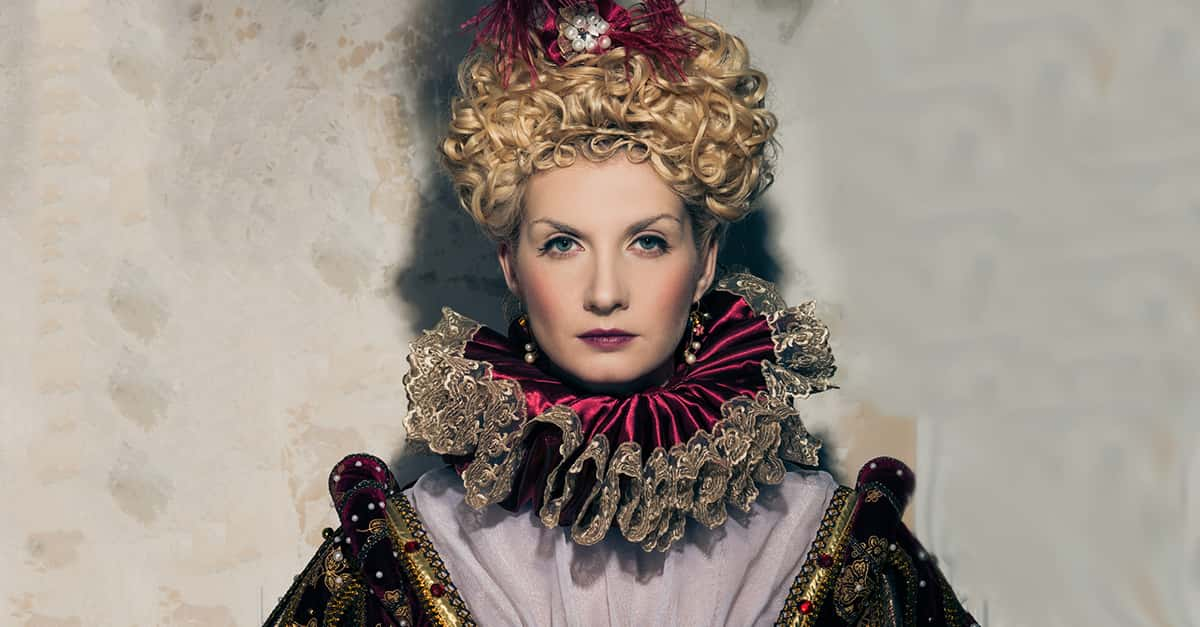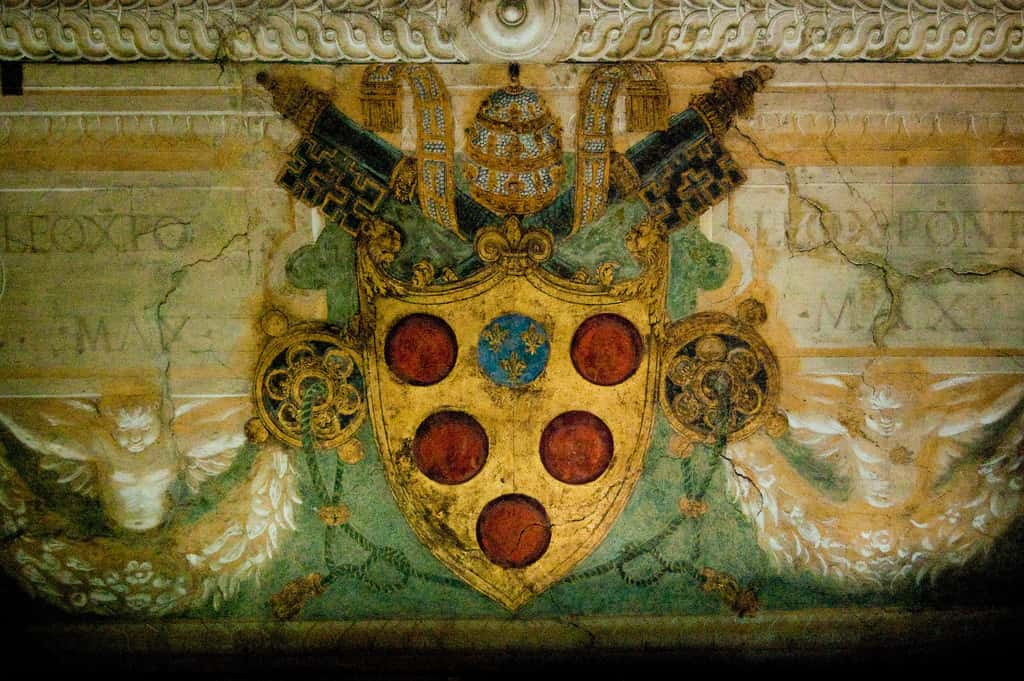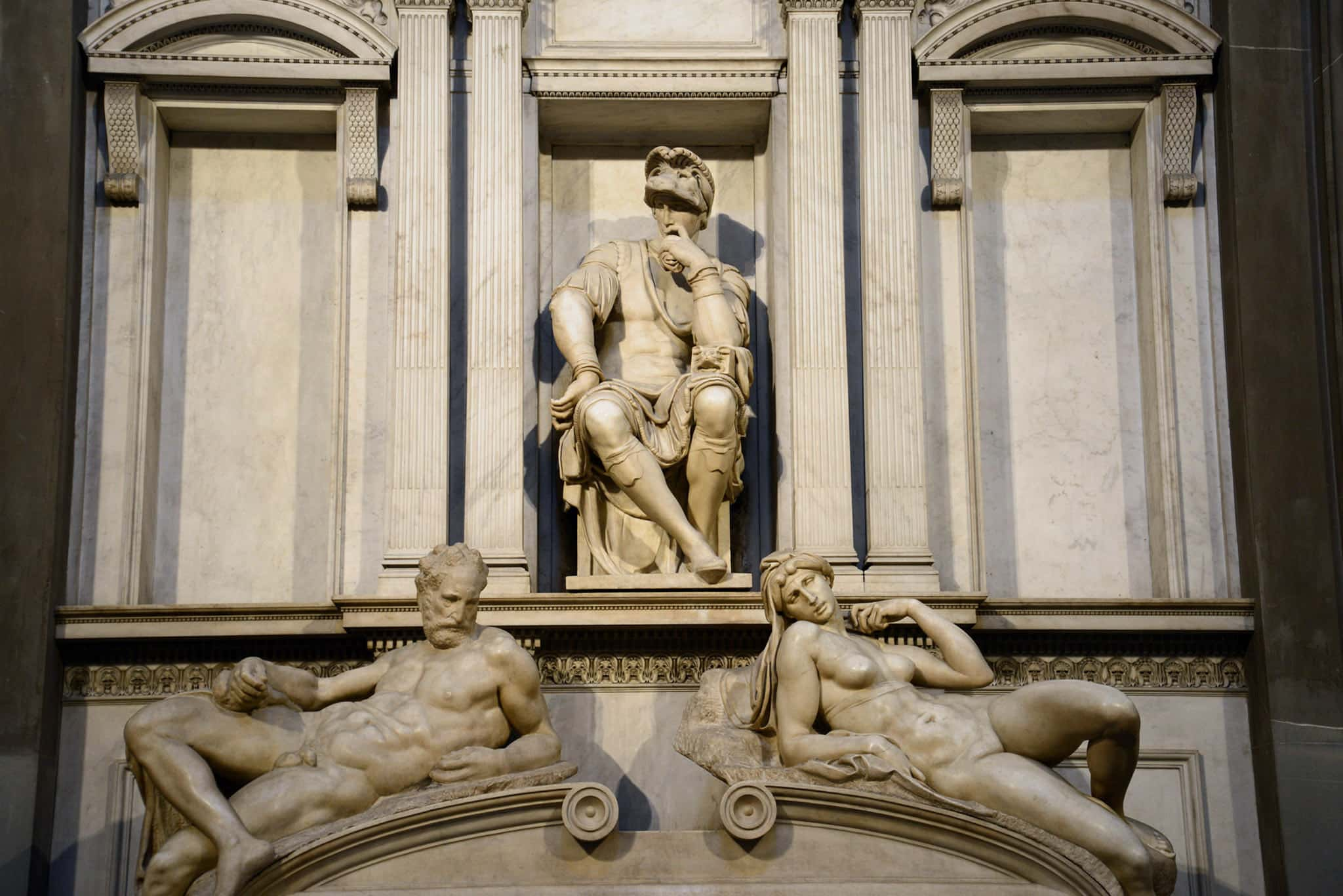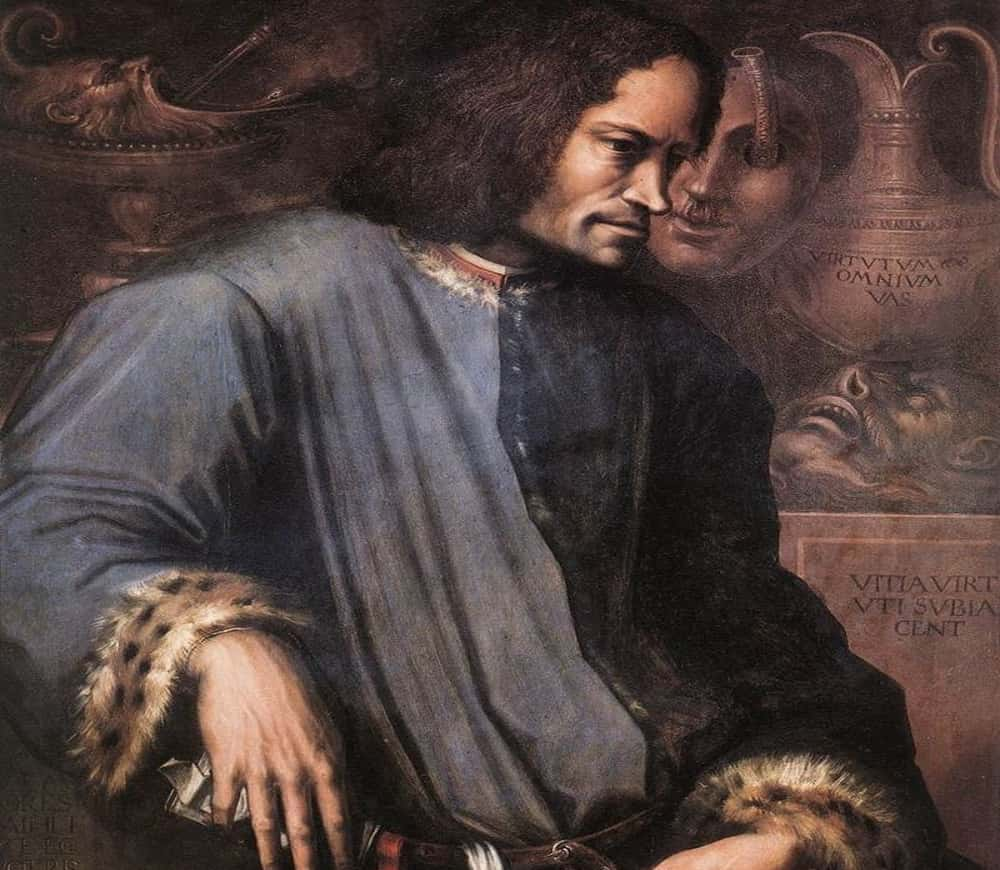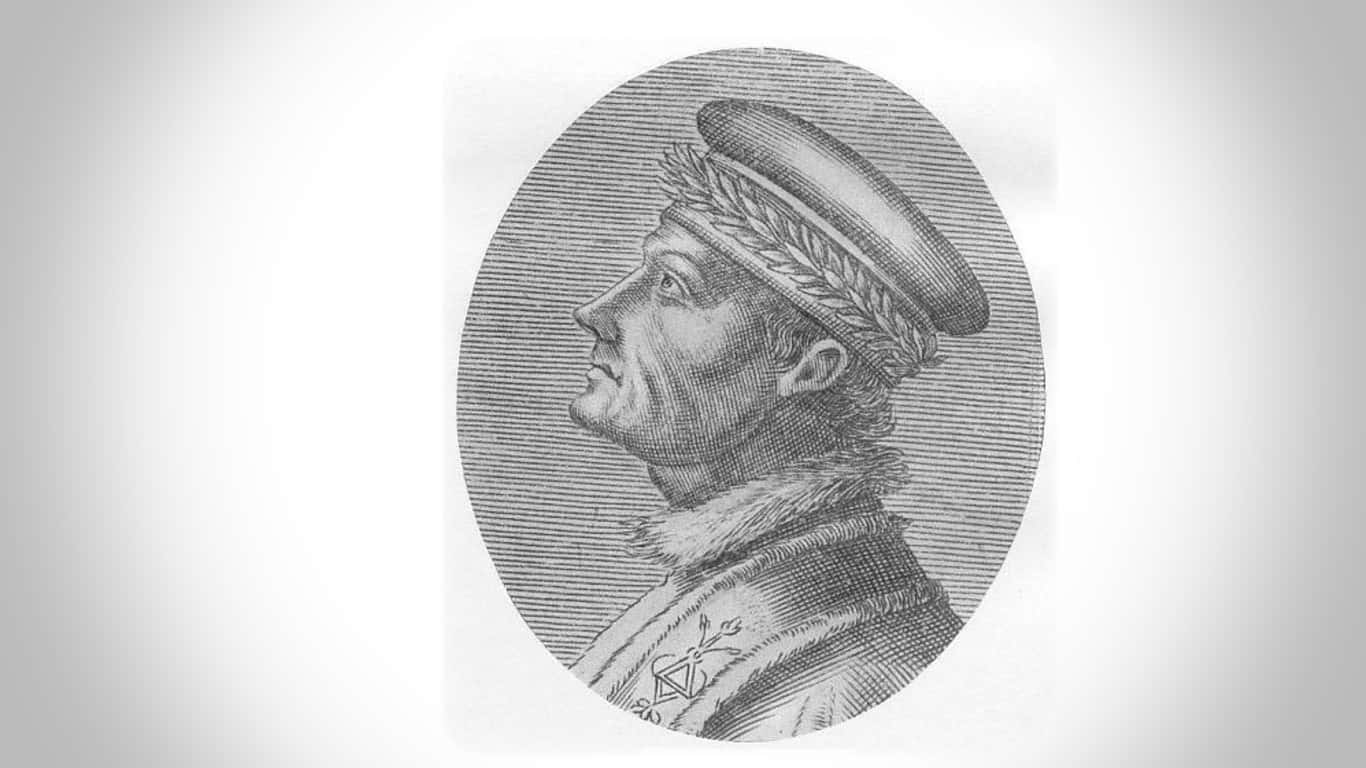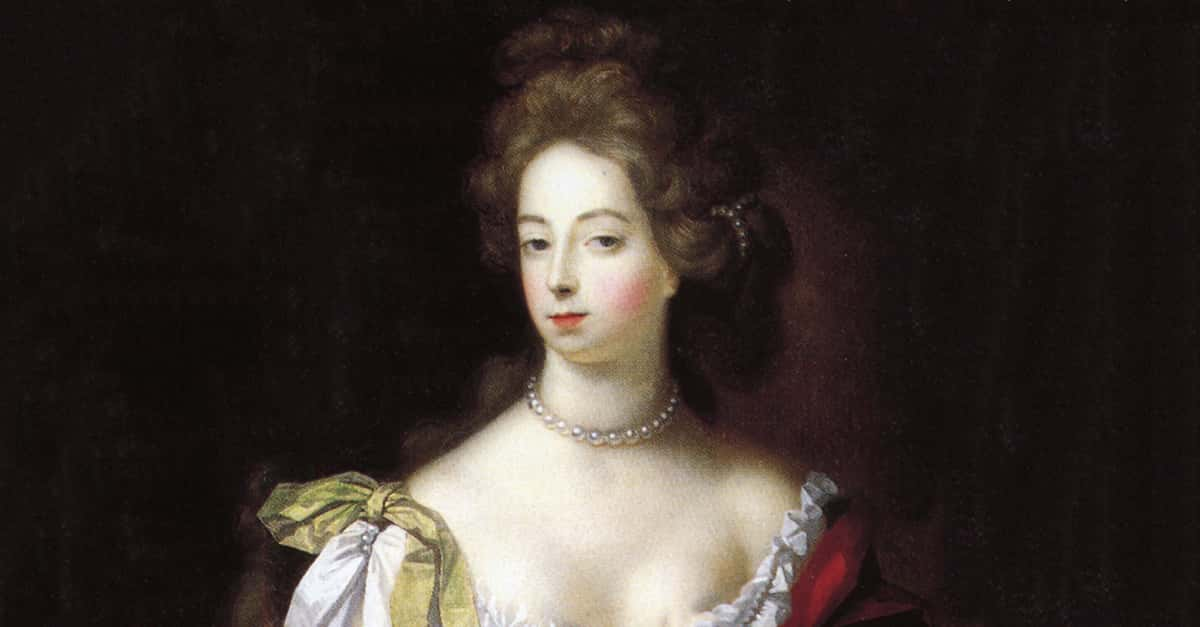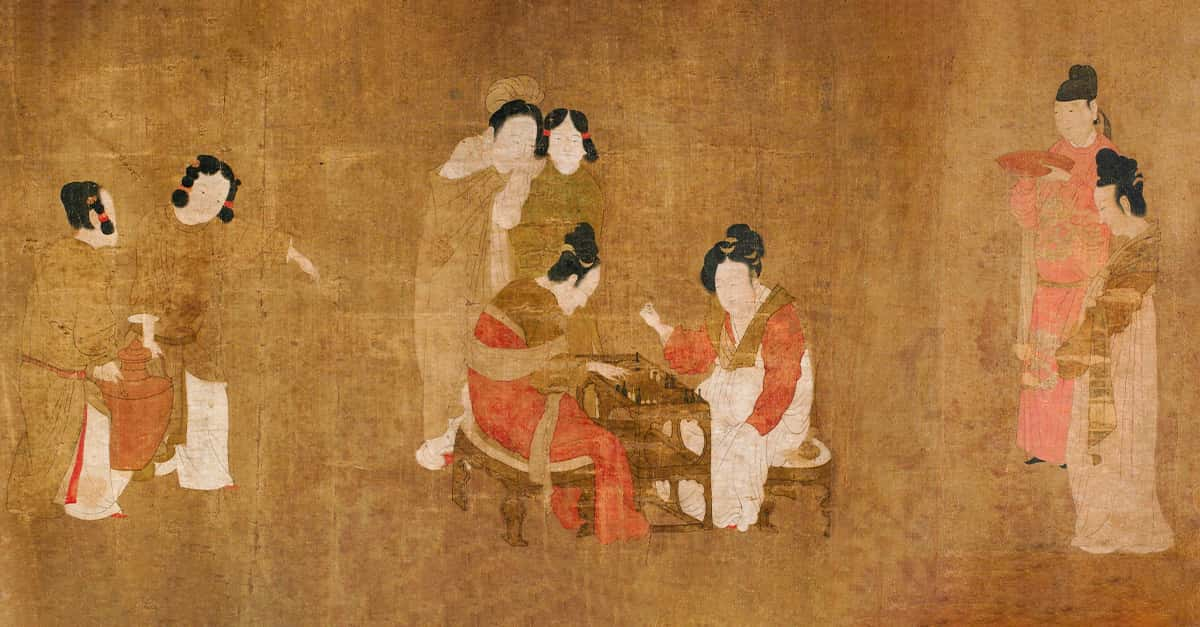We work hard to ensure the facts we share are accurate. Every fact has been checked multiple times throughout our editorial process, and we have included credible sources at the end of the article. However, on rare occasions, we will still miss the mark, despite our best efforts. When this happens, we greatly appreciate when our readers let us know so we can update and improve our articles. Please reach out to contribute@factinate.com with feedback about the accuracy of this article.
We also welcome feedback about pretty much anything else! If you know another awesome fact that you would like to see included in this article or have any other feedback, please reach out to contribute@factinate.com.
How did humble Italian bankers, born without aristocratic title, come to rule Florence for hundreds of years? Money helped. And the House of Medici had lots of it.
What the Medicis lacked in popularity, they certainly made up for in power. As one of the leading families of Europe from the 14th to 16th centuries, this dynasty had Popes on their payroll and patronized some of the most famous artists of the Renaissance. With such a reputation, it can be difficult to debunk fact from fiction, so centuries of historical writing (and soap operas) have fashioned the “Medici” family name into a shorthand for poison, plots, feudal infighting, and—most scandalously of all—finance. Balance the books to 42 dangerous facts about the infamous Medici Dynasty.
Medici Dynasty Facts
42. Plenty of Pontiffs
Don’t call the House of Medici a prep school for Popes, but the family did produce four Vicars of Christ. Chronologically, these lucky Medici boys were Leo X (born Giovanni di Lorenzo), Clement VII (born Giulio di Giuliano), Pius IV (born Giovanni Angelo), and Leo XI (born Alessandro Ottaviano). That last Medici Pope—Leo—only held on to the big hat for less than single month, which is one of the briefest papacies in history.

41. You’re Only Queen Twice
Two Medici daughters became Queen of France: Catherine de Medici and later her cousin, Marie. Catherine rose to legend as an infamous Queen Mother (and sometimes Regent) to her young son-kings throughout the Wars of Religion. Ironically, Marie replaced Catherine’s own daughter, Marguerite, as the Queen after Marguerite’s husband, Henri IV of France, annulled his marriage soon after his ascension. We guess one Medici is as good as another.
40. Pope-Full of Problems
Pope Clement VII (born Giulio di Giuliano de Medici) has the dubious honor of being sitting Pope during the 1527 Sack of Rome by the troops of Charles V, Holy Roman Emperor. Shrines were defiled, and thousands killed by mutinous forces. Clement himself was virtually imprisoned by Charles' men…which may have had a hand in why Clement did not grant Henry VIII his wanted annulment from Charles’s aunt, Catherine of Aragon; Clement didn't want to anger the Emperor. Unfortunately, it was a move that dominoed into the separation of England from Rome and the subsequent creation of the Church of England. As Popes know, when it rains, it pours.
39. Savings & Groans
The Medici Bank was one of the earliest “franchise” banks. It was Giovanni di Bicci de Medici who established the franchisee system with the social invention of limited liability. Regional bank managers from all over the world now had the “honor” of owning a stake in the international Bank of Medici. Thus, in a way, your local McDonald’s owner also owes a debt to Giovanni.
 Fine Art America
Fine Art America
38. Prince Pay-You-Later
Princes and kings were banned from applying for loans at Giovanni di Bicci de Medici’s banks. This move wasn’t unwise; entitled aristocrats had a reputation for being bad investments and “above” paying their debts.
37. Botched Plot
In 1478, the Pazzi family had ambitions to displace the Medici as the leaders of Florence. The plan? Assassinate the Medici princes, Lorenzo and his brother Giuliano. The result? Unfortunately, only Giuliano died of his wounds. The Pazzi family members were then either publicly killed in horrific ways or “mercifully” exiled forever.
36. Accounting Meets Aesthetic
Cosimo I de Medici, the first Duke of Tuscany, gave banking a sexy architectural update to match his family’s new status. He moved the family offices to the luxurious “Uffizi.” In its heyday, the Uffizi served as an art museum in addition to an administration building. Today, you might know that building better as the Uffizi Gallery.
35. Big Fuss
Are the Medici descended from giant slayers? Legend goes that the family shares an ancestor in the form of Averardo, a heroic 8th century knight of Charlemagne. Once upon a time, Averardo came across a giant who was terrorising the people of Florence. Averardo defeated the giant, of course, but he dented his knightly shield on the balls of the giant’s mace. Seeing how much this family valued riches, it was truly a noble sacrifice.

34. Play Ball
The Medici coat of arms—red balls on a gold shield—are often traced to legend. The balls are said to symbolize the dents that their noble progenitor suffered on his shield while fighting a giant. Others argue these balls merely symbolize coins and the Medici origins in moneylending, but these people are less fun.

History's most fascinating stories and darkest secrets, delivered to your inbox daily.
33. Before There Was Wall Street
The Medici Bank was the most powerful financial institution in 14th and 15th century Europe. They owned branches in cities as far as London, and their clients included the Vatican itself.
32. You Can’t Take It With You
Anna Maria Luisa de Medici was the last official Medici of the family line. When she died in 1743, she left the family’s gargantuan art and treasure archives to the state of Tuscany. However, the government could only keep her treasures if they were to always remain in Florence, where her lineage rose to power some centuries ago. Anna died childless, so all this stuff, she probably guessed, would have to do for a family legacy.
31. Mikey Goes to Art School
House Medici was a teenage Michelangelo’s home away from home. The Renaissance painter attended Lorenzo de Medici’s school for sculptors and he even lived in their palace for four years after Lorenzo himself noticed the young artist’s talent. Lorenzo went above and beyond the regular noble patron duties; he treated Michelangelo like family, and when the boy’s father initially disagreed that arts were a viable career path, Lorenzo gave the father a job to soothe his anxieties. Art students, would your dean ride or die for you like that?
30. Congratulations, You Burned Yourself
In 1497, fundamentalist friar Girolamo Savonarola took advantage the Medicis’ fall from grace to build a massive, symbolic bonfire of books, art, instruments, and other luxury items, which he declared “vanities.” Savonarola had been an ardent critic of perceived Medici decadence and corruption. Unfortunately, his protests were for naught: he was also a thorn in the side of papal authority, so he was hanged in 1498, with the Medici returning to power soon after in 1512.
29. Virgo on the Cusp of Misunderstanding
Low on cash in the early 1600s, father of physics Galileo Galilei made ends meet by tutoring members of the Medici family. However, when it came to teaching Ferdinando I’s wife, she misunderstood the famed astronomer to be an astrologer and had him draw up her husband’s horoscope. Being perfectly honest, I would have made the exact same mistake!
28. Dr. Doctor?
Medico di Potrone is usually the earliest recorded ancestor of House Medici. It’s often assumed he was a doctor because of his nickname: “medico” means doctor in Italian. Of course, this isn’t 100% certain. Nevertheless, it’s funny how a family associated with so many poisonous plots might have descended from a humble healer.
27. Going Legit
Over generations, the charmingly-named region of Mugello in northern Florence was where the Medicis built their fortune. Although they held power for centuries before, it wasn’t until 1537 that Emperor Charles V officially admitted them into the European aristocracy as Grand Dukes of Tuscany.
26. To Boldly Patronize
Imagine being so rich that Galileo Galilei names stars after you. Under the patronage of Cosimo II de Medici, Galileo discovered the moons of Jupiter and promptly named them after the family who footed his bills: the “Medicean Stars.”
25. Dream Closet
Sometimes, the stress of being scary rich got to Cosimo de Medici. Thus, he had a special cell for himself built in the San Marco convents, where he would treat himself and generally contemplate on religious and personal matters.
24. The Proof is in the Papers
Being a Grand Duke wasn’t all masquerades and cute tights. Inventories for Cosimo I de Medici reveal that he kept a handy recipe for poison in his private papers. This evidence all but confirms his involvement in the infamous 1548 plot to poison his rival, Piero Strozzi.
23. When Dad Can't Pay, It's Time to Delay
Due to their partnership with the Catholic Church, the Medici Bank was able to leverage a tasteless degree of power over their clients. In one instance, the family conveniently “postponed” the election of a church official until his father paid back his debts to the bank…
22. Chamber of Secrets
You can still tour the alchemy room of Francesco I de Medici at the Palace Vecchio. In its heyday, this mysterious chamber would be filled to the brim with “magical” charms, potions, and other strange objects. Totally on the up-and-up, Frankie.
20. Bankers Have Feelings Too
The Medicis made their bones in finance. Although their members would graduate from trade to marry into the royal families of Europe, this mercantile background proved hard to shake. For instance, even though Marie de Medici was Queen of France, she had to suffer her husband’s mistress openly referring to her as “the fat banker’s daughter” and face no apparent repercussions.
19. A Holy Skim Off the Top
Giovanni di Bicci de Medici founded the infamous Medici Bank. However, no one does it alone. Giovanni had help in the form of (1) his wife’s big, fat dowry as start-up capital and (2) his buddy-buddy relationship with Pope Giovanni XXIII. It also helped that his Pope BFF ordained the Medici Bank with the right to collect taxes for the Vatican and keep a sweet percentage for themselves, of course.
18. The Sickly Son
Cosimo de Medici will likely be remembered as one of the great figures of Renaissance Italy who brought his family into new heights of power. His son, Piero di Cosimo de Medici, had a comparably less impressive reputation as “the Gouty” for his perpetual illnesses and—you guessed it—bouts with gout.
17. That’s Not How Crowd Surfing Works
For all the controversy, the Medicis attracted hardcore fans. In 1478, an angry mob seized the alleged conspirators behind the murder of a beloved Medici prince. They promptly threw these men straight out of a window, where the crowds were waiting to rip the bodies apart.
16. Not a Diamond in the Rough, But Close
Catherine de Medici, the 16th Queen of France, is one of the more famous and successful members of the Medici dynasty. Thus, historians are puzzled at how one of her few extant pieces of jewelry—a monogramed gold hairpin—made its way into the communal toilets of Fontainebleau Palace, only to be discovered in 2012. The high-and-mighty Catherine would not have used the public toilets with everyone else, but excavators were grateful for the find nonetheless.
15. Friendship Is the Real (Bail) Bond
Giovanni de Bicci de Medici had the “honor” of bailing the Pope out of jail. Pope Giovanni XXIII was good friends with the famed Medici Bank founder, and what are rich friends for if not to bail a blessed brother out?
14. Do You Want to Buy a Snowman?
In 1494, Piero de Medici commissioned a then-20-year-old Michelangelo to build just one snowman for his palace courtyard. Unfortunately, no detailed description of this early work survives, but one lucky onlooker described the frosty piece as “very beautiful.” (Of course it was beautiful; it was a built by Michelangelo’s hands and Medici taste.)
13. Deviant Art
The Medici-born Popes commissioned some of Michelangelo’s most famous works, including the sculptures of Moses and The Last Judgement in Pope Julius II’s tomb. And, of course, we can’t forget some of the enormous and detailed frescos that adorn the Sistine Chapel.
12. Statue of Limitations
Michelangelo’s David statue was a symbol for Florence itself—a city vulnerable to the threat of the Medicis (who were exiled in 1494 but would return in 1512) and other states. They were a people as vulnerable as the biblical David. In between Medici regimes, the government of Florence placed David outside their offices to remind themselves of that precarious feeling.
11. Let’s Arm Wrestle
In 1527, anti-Medici riots permanently busted one arm of Michelangelo’s David into three pieces.
10. Treachery & Trendsetting
Like her male relatives, Catherine de Medici placed great value on appearances. For example, she was one of the first women in Europe to wear high heels, and she commissioned a pair of these trendy duds for her wedding. She also introduced side-saddle to France and, as a result, an early form of female underwear, because if your skirted legs are going to be hanging over a horse for everyone to see, well, you know.
 The Long Riders Guild Academic Foundation
The Long Riders Guild Academic Foundation
9. The Sickly Seeds of the Rich and Famous
According to lore, the Medicis owned a “poison garden” in Padua where they nursed a diversity of plants that just so happened to be ingredients in poison. Jane Percy, Duchess of Northumberland, was inspired by this ghastly story, and she spent millions to recreate her own English brand of the Poison Garden. Oh and by the way, this is not some antiquated tale: Percy did this in 2005.
8. Little Bottle, Big Belly
You can blame Lorenzo de Medici for conceiving of Sandro Botticelli’s cruel nickname. “Botticelli” actually means “little bottle.” The Birth of Venus artist earned his epithet because he would show up at Lorenzo’s house all the time to eat until he got kicked out. Lorenzo even composed a rhyme about his fresco-making frenemy’s appetites: "He arrives a little bottle [botticelli] and leaves a bottle full." (Don’t quit your day job, Lorenzo).
7. Is That Any Way to Treat Your Mom? And a Medici?
Compared to her famous cousin Catherine, Marie de Medici struggled to exert her family brand of Machiavellian influence as Queen Regent of France. Her son, Louis XIII, grew fed up with his mother’s pro-Habsburg machinations and had her exiled for the rest of her life.
6. The Cell of Silence
Within his great Palazzo Medici, Lorenzo de Medici owned a 23-by-9.5 foot cell that housed an 8-foot long bed. And historians still don’t know why. A 1492 palace inventory simply refers to the room as “the chamber of the mute woman,” which alludes to what professionals might call, “nothing good.” However, palace records also show the cage had everyday use as a storage for Lorenzo’s jousting lances. Because of its fairly public role in domestic life, it’s doubtful that Lorenzo actually kept a mute woman in his sports locker. Or at least he didn’t in the year 1492.
5. Bullion or Bust
Upon his triumphant return to Florence, the Medici-born Pope Leo X had a young boy painted in gold and paraded through the streets. The lad was meant to be an unsubtle symbol for the new “golden” age of Medici rule. In a less than friendly omen, this boy promptly died of gold poisoning.
4. Live Fast, Die Young
Alessandro de Medici had a short life, but it was one of the wildest in his family—which is saying something when you’re a Medici bastard. Alessandro was most likely the product of Lorenzo II de Medici’s affair with an African house servant. Despite his noted difference in race (and illegitimate birth), Alessandro rose to be the last Medici of the “senior” branch to rule Florence from 1531 to 1537. Unfortunately, his reign was cut short by his assassination at the age of 26, when Alessandro was lured to his death with the promise of sex from his cousin’s beautiful widowed sister. Where is his movie?
3. Face the Facts
The poet Filelfo—a family rival—once spread rumors about the Medici patriarch being a traitor and a liar. When the family regained power after exile and began exacting revenge on their enemies, Filelfo’s words caught up with him: a gang of men attacked him with a blade, slicing his face from ear to ear. The message was clear: he had literally “lost face” with the family.
2. What Goes Around
The Houses of Albizzi and Medici were originally friends, even if the Albizzis were much richer. At least until 1430. When favor turned to the Medici, the clans clashed. The Albizzis won in the short-term, but they allowed Cosimo de Medici to survive in exile. Unfortunately, he returned their mercy with vengeance, came back into power, and had them exiled from Florence.
1. Betrayed by the Booty
One day, you’re Leo X, the Medici-born Pope who appears to have it all: money, family, respect. The only problem is your painful rectal wound. Before you know, though, your so-called friends are trying to poison to your anal bandages. That’s exactly what happened to Leo, whose cardinals plotted to overthrow him by exploiting the open secret of his painful anal illness and infected his private wraps. Thankfully, Leo discovered the plot and didn’t die, but the Pope was understandably cheesed at this intimate invasion. Tales of poison truly followed Medici everywhere, even to the bathroom.
Sources: 1, 2, 3, 4, 5, 6, 7, 8, 9, 10, 11, 12, 13, 14, 15, 16, 17, 18, 19, 20, 21, 22, 23, 24, 25, 26, 27, 28, 29, 30, 31, 32, 33, 34

